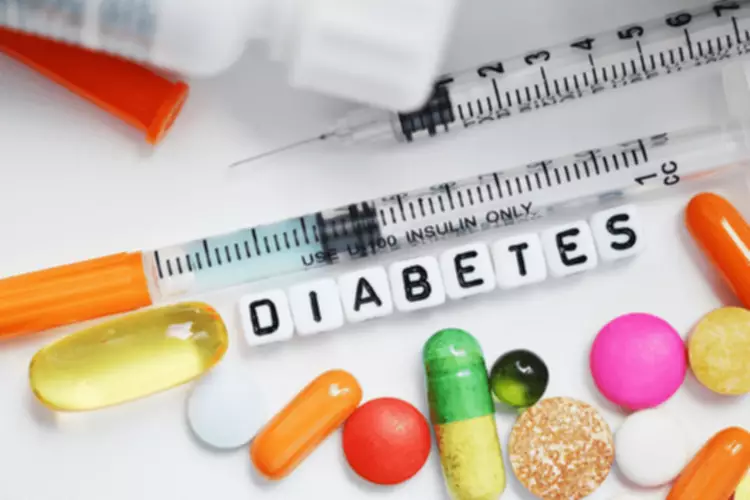
Telehealth specialty services and online support groups, for example, can allow people to maintain their routines and privacy and may encourage earlier acceptance of treatment. The NIAAA Alcohol Treatment Navigator can help you connect patients with the full range of evidence–based, professional alcohol treatment providers. Many symptoms can be managed at home, but moderate to severe withdrawal should be supervised by a healthcare professional and may require inpatient treatment. Alcohol dependence, which is also known as alcoholism or alcohol addiction, describes the most serious form of high-risk drinking, with a strong – often uncontrollable – desire to drink. The alcohol withdrawal timeline varies, but the worst of the symptoms typically wear off after 72 hours.

Severe Symptoms
Binge drinking among men varied from 19% in the West Midlands to 29% in Yorkshire and Humber and among women from 11% in East of England to 21% in Yorkshire and Humber (Robinson & Bulger, 2010). The damage may be physical (e.g. hepatitis) or mental (e.g. depressive episodes secondary to heavy alcohol intake). Harmful use commonly, but not invariably, has adverse social consequences; social consequences in themselves, however, are not sufficient to justify a diagnosis symptoms of alcohol dependence of harmful use. Loved ones are an integral part of the addiction recovery process, but they need to balance their own needs in addition to providing support. To do that, they can set boundaries around their emotional, physical, and financial relationship, for example that the house will remain an alcohol-free zone. They can research alcoholism to understand the underpinnings of the disorder, the signs of an overdose, and other important information.
Alcohol Dependence vs. Alcohol Abuse: What’s the Difference?
- According to WHO, alcohol is implicated as a risk factor in over 60 health disorders including high blood pressure, stroke, coronary heart disease, liver cirrhosis and various cancers.
- Research shows people who have a supportive social network are more likely to remain alcohol-free after withdrawal.
- For the majority, however, alcohol withdrawal can be managed in the community either as part of shared care with the patient’s GP or in an outpatient or home-based assisted alcohol withdrawal programme, with appropriate professional and family support (Raistrick et al., 2006).
- Everyone’s experience with alcohol is different, but effective treatments are available, whether your condition is mild, moderate, or severe.
- People who are alcohol dependent also report much higher levels of childhood abuse and neglect, particularly sexual abuse.
- As a loved one of someone with an alcohol addiction, try to be encouraging and provide emotional support.
Research shows people who have a supportive social network are more likely to remain alcohol-free after withdrawal. There are many support options available that can help guide you through alcohol withdrawal, as well as abstaining from alcohol after withdrawal. People who drink daily or almost every day should not be left alone for the first few days after stopping alcohol. Withdrawal symptoms can quickly go from a bad hangover to a serious medical situation.
How can I prevent alcohol use disorder?
Services that are involved with those who misuse alcohol fit into a wider context of safeguarding young people from harm and need to work to ensure that the rights of children, young people and their parents are respected. Local protocols between alcohol treatment services and local safeguarding and family services determine the specific actions to be taken (Department for Children, Schools and Families, National Treatment Agency & Department of Health, 2009). There is clear evidence that adverse life events can trigger excessive drinking and may predispose to the development of alcohol dependence.
Alcohol Withdrawal Symptoms
If you have developed https://ecosoberhouse.com/ and decide to quit drinking, you can expect to experience withdrawal symptoms. According to information from the National Institutes of Health, these discomforts usually peak 24 to 72 hours after your last drink, but they may last for weeks. The official move away from the terms “abuse” and “dependence” in the DSM-5 is also reflective of a shift in how professionals talk about alcohol and substance use.
Repeated bouts of heavy drinking interspersed with attempts at abstinence (i.e., withdrawal) may result in sensitization of withdrawal symptoms, especially symptoms that contribute to a negative emotional state. This, in turn, can lead to enhanced vulnerability to relapse as well as favor perpetuation of excessive drinking. Screening and brief intervention delivered by a non-specialist practitioner is a cost-effective approach for hazardous and harmful drinkers (NICE, 2010a). However, for people who are alcohol dependent, brief interventions are less effective and referral to a specialist service is likely to be necessary (Moyer et al., 2002). It is important, therefore, that health and social care professionals are able to identify and appropriately refer harmful drinkers who do not respond to brief interventions, and those who are alcohol dependent, to appropriate specialist services.
Support Groups

Those with conduct disorder and substance-use disorders are more difficult to treat, have a higher treatment dropout rate and have a worse prognosis. This strong association between conduct disorder and substance-use disorders is considered to be reciprocal, with each exacerbating the expression of the other. Conduct disorder usually precedes or coincides with the onset of substance-use disorders, with conduct disorder severity found to predict substance-use severity. However, those young people with ADHD and co-occurring conduct or bipolar disorders are at highest risk of development of substance-use disorders. While drinking and alcohol-use disorders are relatively rare under the age of 10 years, the prevalence increases steeply from the teens to peak in the early 20s.
- For example, ” abuse ” may imply that the behavior is intentional and controllable and, therefore, a personal failure rather than a disease symptom.
- Alcohol dependence is characterized by fundamental changes in the brain’s reward and stress systems that manifest as withdrawal symptoms when alcohol consumption is stopped or substantially reduced.
- The Healthline FindCare tool can provide options in your area if you need help finding a mental health specialist.
- For example, rats exposed to chronic alcohol treatment interspersed with repeated withdrawal episodes consumed significantly more alcohol than control animals under free-choice, unlimited access conditions (Rimondini et al. 2002, 2003; Sommer et al. 2008).
- Health care professionals use criteria from the Diagnostic and Statistical Manual of Mental Disorders, Fifth Edition (DSM-5), to assess whether a person has AUD and to determine the severity, if the disorder is present.
